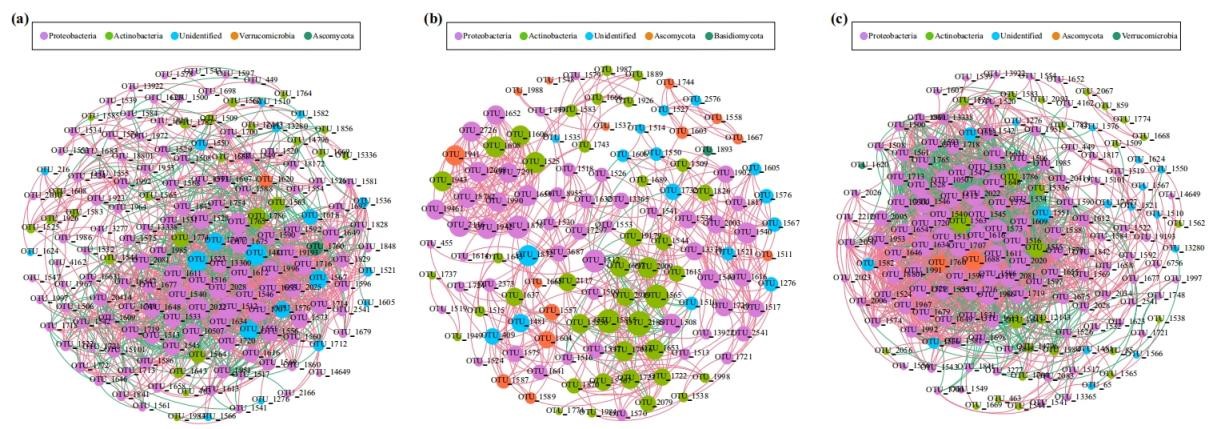Urease Inhibitors Enhance Soil Microbial Enzyme Regulation, Study Finds
A study conducted by researchers at the Institute of Applied Ecology, Chinese Academy of Sciences, has revealed how widely used agricultural chemicals, designed to enhance fertilizer efficiency, may reshape soil microbial ecosystems. The research, published in Geoderma (2023) and Applied Soil Ecology (2025), demonstrates that urease inhibitors—chemicals added to slow the breakdown of urea fertilizers—trigger compensatory mechanisms in soil microbes.
The study examined two common synthetic urease inhibitors, N-butyl-thiophosphate triamide (NBPT) and phenyl-phosphoryl-diamine (PPD), used in soils to reduce nitrogen loss. While both compounds effectively suppressed extracellular urease activity—an enzyme in the soil that catalyzes the hydrolysis of urea into ammonia and carbon dioxide—this inhibition led to an unexpected rise in intracellular urease activity, an enzyme within soil microorganisms that also hydrolyzes urea. This suggests that soil organisms actively compensated for the chemical disruption through a biological "homeostatic response."
Central to this adaptation were bacteria that carried the ureC gene, which encodes the catalytic subunit of urease. The presence and abundance of these ureC-containing microbial groups indicate their ability to metabolize urea effectively. Researchers found that both inhibitors increased the abundance of bacterial ureC, but with stark differences. PPD reduced the genetic diversity among ureC-bearing bacteria, simplifying the community structure of soil microbial functional groups with ureC, whereas NBPT fostered more complex functional bacterial networks characterized by the ureC gene (Figure 1). Figure 1, a visualisation of these networks, highlights how NBPT strengthened the links between bacterial clusters, while PPD diminished functional connections.
With global urea use exceeding 180 million tonnes annually, and with up to half lost to environmental leakage, urease inhibitors remain critical tools for curbing pollution and greenhouse gas emissions. However, the study highlights nuanced challenges. First, while inhibitors improve short-term nitrogen retention, their suppression of extracellular enzymes pressures microbes to "rebalance" their systems through intracellular reserves—a process that is dominated by bacteria. Second, the selection of inhibitors matters: NBPT’s milder ecological impacts suggest it may be preferable to PPD for preserving microbial diversity and community structure.
The study provides novel insights into the microbial homeostasis mechanisms in regulating enzymatic activity and offers a fresh perspective on how soil urease activity changes in response to the application of urease inhibitors.

Figure 1. The functional microbial network of ureC-containing groups under the addition of different urease inhibitors. (a), CK; (b), PPD; (c), NBPT.



